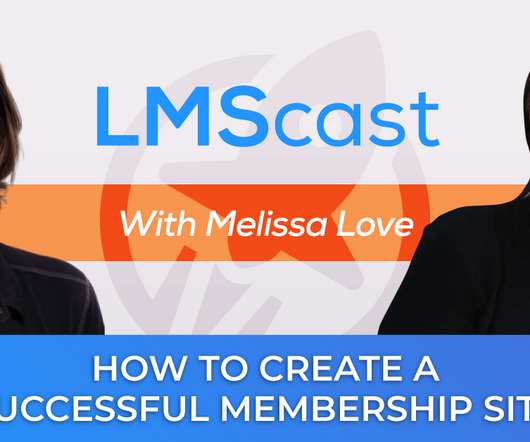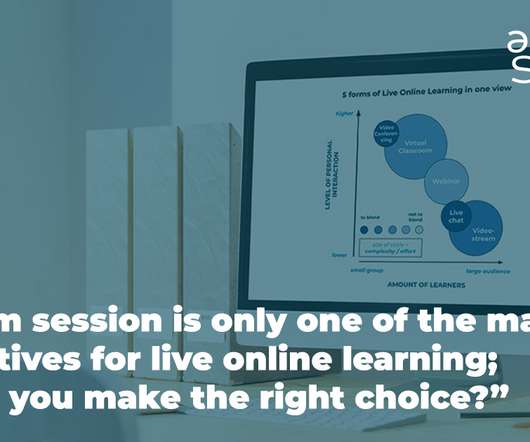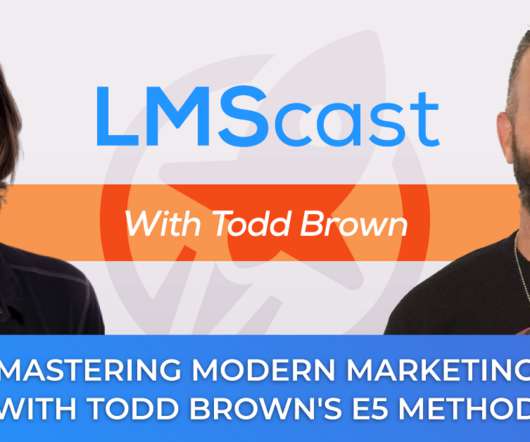Shocking outcomes from ATD research on Instructional design
Challenge to Learn
MARCH 20, 2015
The ATD published a report on Instructional design: “Instructional design now: a new age of learning and beyond” They did a survey among 1120 learning professionals. Info-graphic by ATD on report: instructional design now. 69% – In person coaching. Are the still using pen and paper? Challenges.

































Let's personalize your content